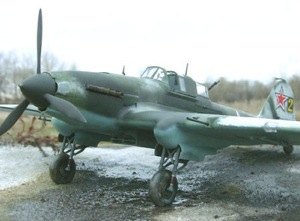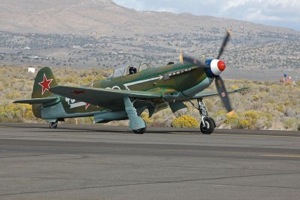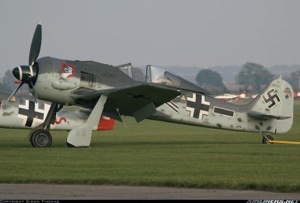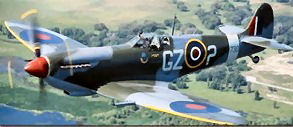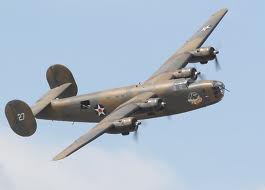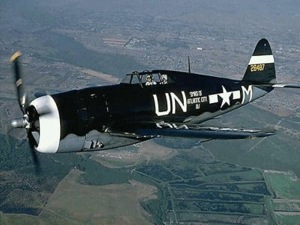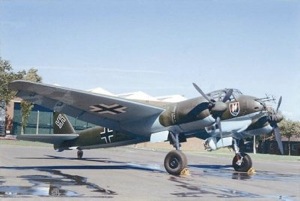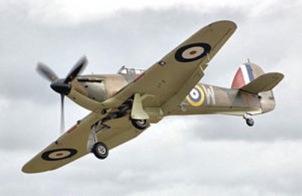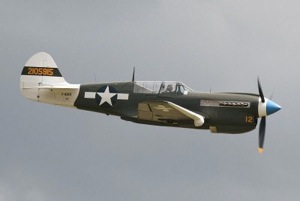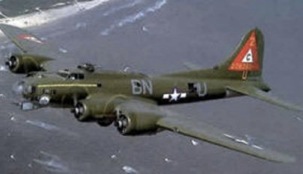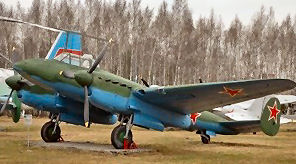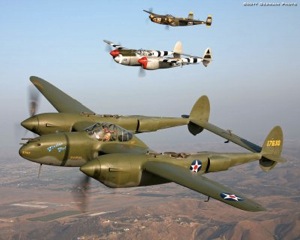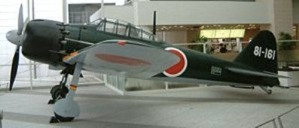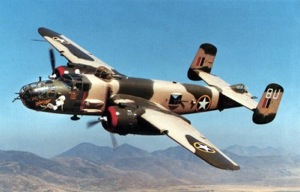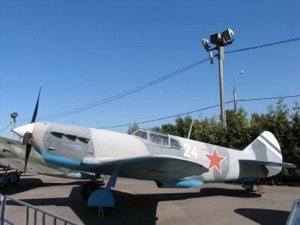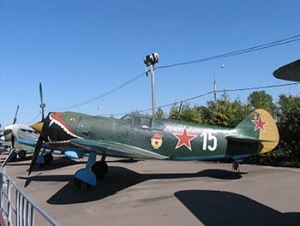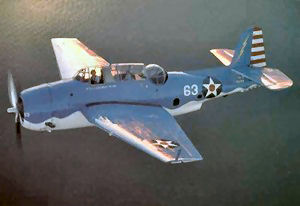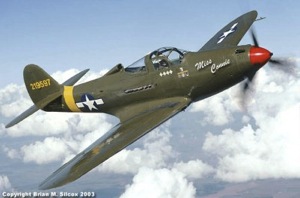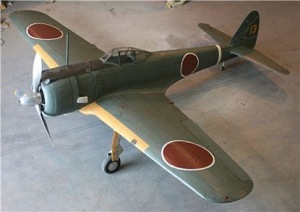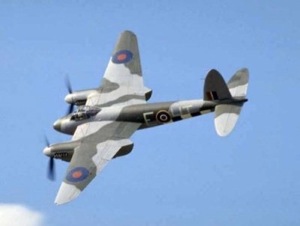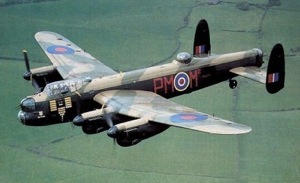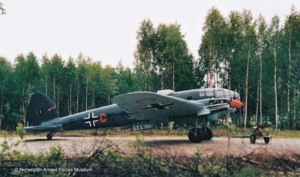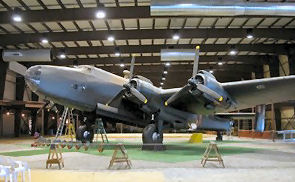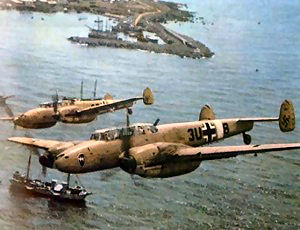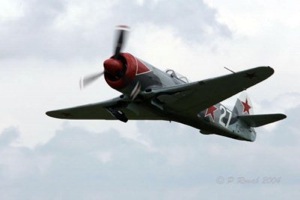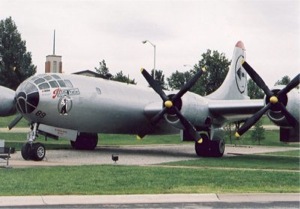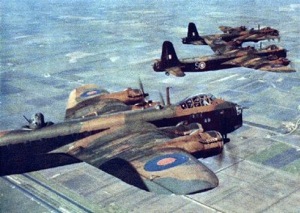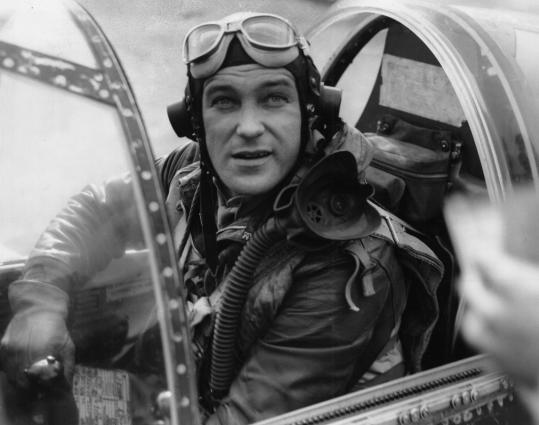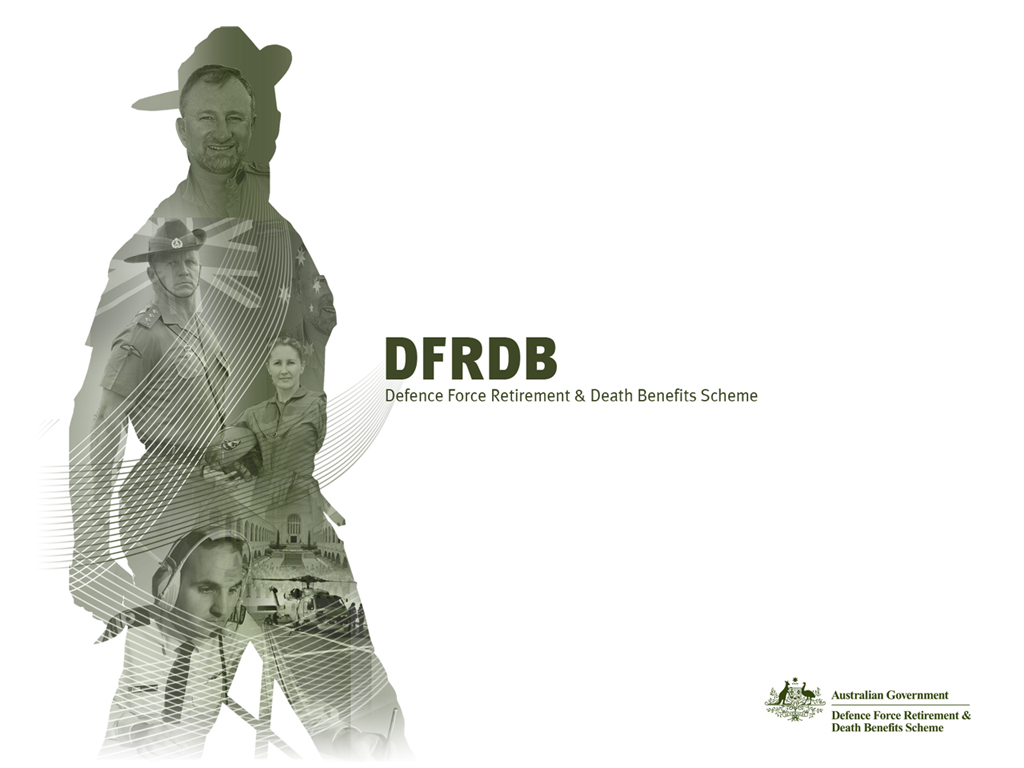|
Radschool Association Magazine - Vol 35 Page 15 |
||||||||||||||||||||||||||||||||||||||||||||||
|
Privacy Policy | Editorial Policy | Join the Association | List of Members | Contact us | Index | Links | Print this page |
||||||||||||||||||||||||||||||||||||||||||||||
|
|
||||||||||||||||||||||||||||||||||||||||||||||
|
The enormous cost of War!! Ted the Mac
Wars are an enormous and unnecessary waste of human life. During World War 2, on average, 6,600 American Service men died each month – that’s an average of 220 per day. Wars are also an enormous waste of effort and equipment. Many of us were not adults during WWII and therefore have no understanding of the magnitude of the waste. This listing of some of the aircraft facts gives a bit of insight to it.
During the war, a total of 276,000 aircraft were manufactured in the US.
The US civilian population maintained a dedicated effort for four years, many working long hours seven days per week and often also volunteering for other work. WWII was the largest human effort in history.
Statistics from Flight Journal magazine.
The Price of Victory (cost of an aircraft in WWII dollars)
From 1942 onward, America averaged 170 planes lost every day. The numbers are mind boggling.
During the war, the US produced 12,731 B-17 bombers and if stretched wingtip to wingtip, would extend for 400 klms, that’s a bit further than from Melbourne to Holbrook, amazing figures when you think of them.
Here are some more figures:
|
||||||||||||||||||||||||||||||||||||||||||||||
|
The Irish have solved their own fuel problems. They imported 50 million tonnes of sand from the Arabs and they're going to drill for their own oil.
|
||||||||||||||||||||||||||||||||||||||||||||||
|
These are the number of different aircraft produced, by all countries, during the war.
|
||||||||||||||||||||||||||||||||||||||||||||||
|
|
||||||||||||||||||||||||||||||||||||||||||||||
|
Ilyushin IL-2 Sturmovik 36,183 |
||||||||||||||||||||||||||||||||||||||||||||||
|
|
||||||||||||||||||||||||||||||||||||||||||||||
|
|
||||||||||||||||||||||||||||||||||||||||||||||
|
Yakolev Yak-1,-3,-7,-9 31,000+ |
||||||||||||||||||||||||||||||||||||||||||||||
|
|
||||||||||||||||||||||||||||||||||||||||||||||
|
|
||||||||||||||||||||||||||||||||||||||||||||||
|
Messerschmitt Bf-109 30,480 |
||||||||||||||||||||||||||||||||||||||||||||||
|
|
||||||||||||||||||||||||||||||||||||||||||||||
|
|
||||||||||||||||||||||||||||||||||||||||||||||
|
Focke-Wulf Fw-190 29,001 |
||||||||||||||||||||||||||||||||||||||||||||||
|
|
||||||||||||||||||||||||||||||||||||||||||||||
|
|
||||||||||||||||||||||||||||||||||||||||||||||
|
Supermarine Spitfire/Seafire 20,351 |
||||||||||||||||||||||||||||||||||||||||||||||
|
|
||||||||||||||||||||||||||||||||||||||||||||||
|
|
||||||||||||||||||||||||||||||||||||||||||||||
|
Convair B-24/PB4Y Liberator/Privateer 18,482 |
||||||||||||||||||||||||||||||||||||||||||||||
|
|
||||||||||||||||||||||||||||||||||||||||||||||
|
|
||||||||||||||||||||||||||||||||||||||||||||||
|
Republic P-47 Thunderbolt 15,686 |
||||||||||||||||||||||||||||||||||||||||||||||
|
|
||||||||||||||||||||||||||||||||||||||||||||||
|
|
||||||||||||||||||||||||||||||||||||||||||||||
|
North American P-51 Mustang 15,875 |
||||||||||||||||||||||||||||||||||||||||||||||
|
|
||||||||||||||||||||||||||||||||||||||||||||||
|
|
||||||||||||||||||||||||||||||||||||||||||||||
|
Junkers Ju-88 15,000 |
||||||||||||||||||||||||||||||||||||||||||||||
|
|
||||||||||||||||||||||||||||||||||||||||||||||
|
|
||||||||||||||||||||||||||||||||||||||||||||||
|
Hawker Hurricane 14,533 |
||||||||||||||||||||||||||||||||||||||||||||||
|
|
||||||||||||||||||||||||||||||||||||||||||||||
|
|
||||||||||||||||||||||||||||||||||||||||||||||
|
Curtiss P-40 Warhawk 13,738 |
||||||||||||||||||||||||||||||||||||||||||||||
|
|
||||||||||||||||||||||||||||||||||||||||||||||
|
|
||||||||||||||||||||||||||||||||||||||||||||||
|
Boeing B-17 Flying Fortress 12,731 |
||||||||||||||||||||||||||||||||||||||||||||||
|
|
||||||||||||||||||||||||||||||||||||||||||||||
|
|
||||||||||||||||||||||||||||||||||||||||||||||
|
Vought F4U Corsair 12,571 |
||||||||||||||||||||||||||||||||||||||||||||||
|
|
||||||||||||||||||||||||||||||||||||||||||||||
|
|
||||||||||||||||||||||||||||||||||||||||||||||
|
If a turtle doesn’t have a shell, is it homeless or naked??
|
||||||||||||||||||||||||||||||||||||||||||||||
|
Grumman F6F Hellcat 12,275 |
||||||||||||||||||||||||||||||||||||||||||||||
|
|
||||||||||||||||||||||||||||||||||||||||||||||
|
|
||||||||||||||||||||||||||||||||||||||||||||||
|
Petlyakov Pe-2 11,400 |
||||||||||||||||||||||||||||||||||||||||||||||
|
|
||||||||||||||||||||||||||||||||||||||||||||||
|
|
||||||||||||||||||||||||||||||||||||||||||||||
|
Lockheed P-38 Lightning 10,037 |
||||||||||||||||||||||||||||||||||||||||||||||
|
|
||||||||||||||||||||||||||||||||||||||||||||||
|
|
||||||||||||||||||||||||||||||||||||||||||||||
|
Mitsubishi A6M Zero 10,449 |
||||||||||||||||||||||||||||||||||||||||||||||
|
|
||||||||||||||||||||||||||||||||||||||||||||||
|
|
||||||||||||||||||||||||||||||||||||||||||||||
|
Surely there is another word out there for synonym.
|
||||||||||||||||||||||||||||||||||||||||||||||
|
North American B-25 Mitchell 9,984 |
||||||||||||||||||||||||||||||||||||||||||||||
|
|
||||||||||||||||||||||||||||||||||||||||||||||
|
|
||||||||||||||||||||||||||||||||||||||||||||||
|
Lavochkin LaGG-5 9,920 |
||||||||||||||||||||||||||||||||||||||||||||||
|
|
||||||||||||||||||||||||||||||||||||||||||||||
|
|
||||||||||||||||||||||||||||||||||||||||||||||
|
The LaGG-5 was produced with both water-cooled (top) and air-cooled (bottom) engines. |
||||||||||||||||||||||||||||||||||||||||||||||
|
|
||||||||||||||||||||||||||||||||||||||||||||||
|
Grumman TBM Avenger 9,837 |
||||||||||||||||||||||||||||||||||||||||||||||
|
|
||||||||||||||||||||||||||||||||||||||||||||||
|
|
||||||||||||||||||||||||||||||||||||||||||||||
|
Bell P-39 Airacobra 9,584 |
||||||||||||||||||||||||||||||||||||||||||||||
|
|
||||||||||||||||||||||||||||||||||||||||||||||
|
|
||||||||||||||||||||||||||||||||||||||||||||||
|
Nakajima Ki-43 Oscar 5,919 |
||||||||||||||||||||||||||||||||||||||||||||||
|
|
||||||||||||||||||||||||||||||||||||||||||||||
|
DeHavilland Mosquito 7,780 |
||||||||||||||||||||||||||||||||||||||||||||||
|
|
||||||||||||||||||||||||||||||||||||||||||||||
|
|
||||||||||||||||||||||||||||||||||||||||||||||
|
Avro Lancaster 7,377 |
||||||||||||||||||||||||||||||||||||||||||||||
|
|
||||||||||||||||||||||||||||||||||||||||||||||
|
Heinkel He-111 6,508 |
||||||||||||||||||||||||||||||||||||||||||||||
|
|
||||||||||||||||||||||||||||||||||||||||||||||
|
|
||||||||||||||||||||||||||||||||||||||||||||||
|
Handley-Page Halifax 6,176 |
||||||||||||||||||||||||||||||||||||||||||||||
|
|
||||||||||||||||||||||||||||||||||||||||||||||
|
|
||||||||||||||||||||||||||||||||||||||||||||||
|
Messerschmitt Bf-110 6,150 |
||||||||||||||||||||||||||||||||||||||||||||||
|
|
||||||||||||||||||||||||||||||||||||||||||||||
|
|
||||||||||||||||||||||||||||||||||||||||||||||
|
Lavochkin LaGG-7 5,753 |
||||||||||||||||||||||||||||||||||||||||||||||
|
|
||||||||||||||||||||||||||||||||||||||||||||||
|
|
||||||||||||||||||||||||||||||||||||||||||||||
|
How do they get koalas and roos to cross the road only at those yellow road signs.
|
||||||||||||||||||||||||||||||||||||||||||||||
|
Boeing B-29 Superfortress 3,970 |
||||||||||||||||||||||||||||||||||||||||||||||
|
|
||||||||||||||||||||||||||||||||||||||||||||||
|
|
||||||||||||||||||||||||||||||||||||||||||||||
|
Short Stirling 2,383 |
||||||||||||||||||||||||||||||||||||||||||||||
|
|
||||||||||||||||||||||||||||||||||||||||||||||
|
|
||||||||||||||||||||||||||||||||||||||||||||||
|
And not all losses were as a direct result of conflict, in less than four years (December 1941- August 1945), the US Army Air Forces lost 14,903 pilots, aircrew and assorted personnel plus 13,873 aircraft, inside the continental United States. They were the result of 52,651 aircraft accidents (6,039 involving fatalities). That is 1,170 aircraft accidents per month, nearly 40 a day.
It gets worse.....Almost 1,000 US Army planes disappeared while being delivered from the US to foreign countries and 43,581 aircraft were lost overseas including 22,948 on combat missions (18,418 against the Western Axis) with a huge 20,633 attributed to non-combat causes. In a single 376 plane raid in August 1943, 60 B-17s were shot down. That was a 16 percent loss rate and meant 600 empty bunks in England .
In 1942-43, it was statistically impossible for bomber crews to complete a 25-mission tour in Europe. Pacific theatre losses were far less (4,530 in combat) owing to smaller forces committed. The worst B-29 mission against Tokyo on May 25, 1945, cost 26 Superfortresses, 5.6 percent of the 464 dispatched from the Marianas .
By the end of the war, over 40,000 airmen had been killed in combat theatres and another 18,000 wounded. Some 12,000 missing men were declared dead, including a number "liberated" by the Soviets but never returned. More than 41,000 were captured, half of the 5,400 held by the Japanese died in captivity, compared with one-tenth in German hands. Total combat casualties were pegged at 121,867. US manpower made up the deficit. The Army Air Force’s (AAF) peak strength was reached in 1944 with 2,372,000 personnel, nearly twice the previous year's figure. The losses were huge---but so were production totals.
|
||||||||||||||||||||||||||||||||||||||||||||||
|
From 1941 through 1945, American industry delivered more than 276,000 military aircraft. That number was enough not only for US Army, Navy and Marine Corps, but also for allies as diverse as Britain, Australia, China and Russia. In fact, from 1943 onward, America produced more planes than Britain and Russia combined and more than Germany and Japan together manufactured during 1941-45.
It was not only the US which took massive losses. Through much of 1944, the Luftwaffe sustained uncontrolled haemorrhaging, reaching 25 percent of aircrews and 40 planes a month. And in late 1944 into 1945, nearly half the pilots in Japanese squadrons had flown fewer than 200 hours. The disparity of two years before had been completely reversed.
The US sent many of her sons to war with an absolute minimum of
training. Some fighter pilots entered combat in 1942 with less than 1
hour in their assigned aircraft. The 357th Fighter Group (often known as
The Yoxford Boys) went to England in late 1943 to fly the P51, having
trained on P-39s. The group never saw a Mustang until shortly before its
first combat mission. A high-time P-51 pilot had 30 hours in type. Many
had fewer than five hours. Some had one hour. When new type aircraft
arrived, many combat units transitioned in combat. The attitude was,
"They all have a stick and a throttle. Go fly `em."
When the famed 4th Fighter Group converted from P-47s to P-51s in February 1944, there was no time to stand down for an orderly transition. The Group commander, Col. Donald Blakeslee, said,"You can learn to fly `51s on the way to the target .A future P-47 ace said, "I was sent to England to die." He was not alone. Some fighter pilots tucked their wheels in the well on their first combat mission with one previous flight in the aircraft. Meanwhile, many bomber crews were still learning their trade. Of Jimmy Doolittle's 15 pilots on the April 1942 Tokyo raid, only five had won their wings before 1941. All but one of the 16 co-pilots were less than a year out of flight school.
In WWII flying safety took a back seat to combat. The AAF's worst accident rate was recorded by the A-36 while transitioning to the P-51: a staggering 274 accidents per 100,000 flying hours. Next worst were the P-39 at 245, the P-40 at 188, and the P-38 at 139. All were Allison powered.
Bomber wrecks were fewer but more expensive. The B-17 and B-24 averaged
30 and 35 accidents per 100,000 flight hours, a horrific figure
considering that from 1980 to 2000 the US Air Force's major mishap rate
was less than 2. The B-29 was even worse at 40; the world's
Perhaps the greatest unsung success story of AAF training was Navigators. The Army graduated some 50,000 during the War and many had never flown out of sight of land before leaving the US for a war zone. Yet the huge majority found their way across oceans and continents without getting lost or running out of fuel--- a stirring tribute to the AAF's educational establishments.
It was possible for a flying cadet at the time of Pearl Harbor to finish the war with eagles on his shoulders. That was the record of John D. Landers, a 21-year-old Texan, who was commissioned a second lieutenant on the 12th December, 1941. He joined his combat squadron with 209 hours total flight time, including 2½ in P-40s. He finished the war as a full colonel, commanding an 8th Air Force Group --- at age 24. As the training pipeline filled up, however those low figures became exceptions. By early 1944, the average AAF fighter pilot entering combat had logged at least 450 hours, usually including 250 hours in training. At the same time, many captains and first lieutenants claimed over 600 hours.
At its height in mid-1944, the Army Air Forces had 2.6 million people and nearly 80,000 aircraft of all types. Today (2009) the US Air Force employs 327,000 active personnel (plus 170,000 civilians) with 5,500+ manned and perhaps 200 unmanned aircraft. The 2009 figures represent about 12 percent of the manpower and 7 percent of the airplanes of the WWII peak.
Whether there will ever be another war like that experienced in 1940-45 is doubtful, as fighters and bombers have given way to helicopters and remotely-controlled drones over Afghanistan and Iraq .But within living memory, men left the earth in 1,000-plane formations and fought major battles five miles high, leaving a legacy that remains timeless.
|
||||||||||||||||||||||||||||||||||||||||||||||
|
DFRDB.
Not surprisingly, the on-again, off-again, will it or won’t it, enquiry into indexation of DFRDB pensions generates lots and lots of correspondence, it’s a topic that affects many people.
Peter Thornton has written a letter to Parliament commenting on the 2010 Department of Finance's Update of the 2008 Matthews' Review.
You can see his letter HERE
Update!!!
The Committee recommends the Senate not approve the Bill. The
dissenting report recommends otherwise. You will note that the committee
members for this inquiry consisted of 3
The report is now available HERE.
The bill should now come up in the Senate mid June so get your pens out and write a note to your state senators expressing your disgust. If you keep quiet they will think you are in agreement with them!!
|
||||||||||||||||||||||||||||||||||||||||||||||
|
One nice thing about egotists, they don’t talk about other people. |
||||||||||||||||||||||||||||||||||||||||||||||
|
|
||||||||||||||||||||||||||||||||||||||||||||||
|
Back Go to page: 1 2 3 4 5 6 7 8 9 10 11 12 13 14 15 16 17 18 19 20 Forward |
